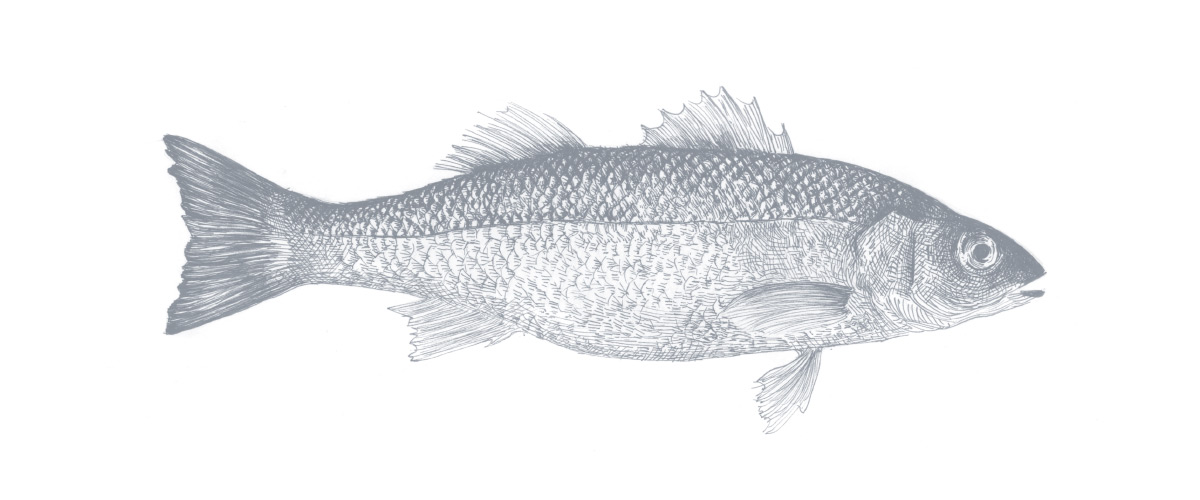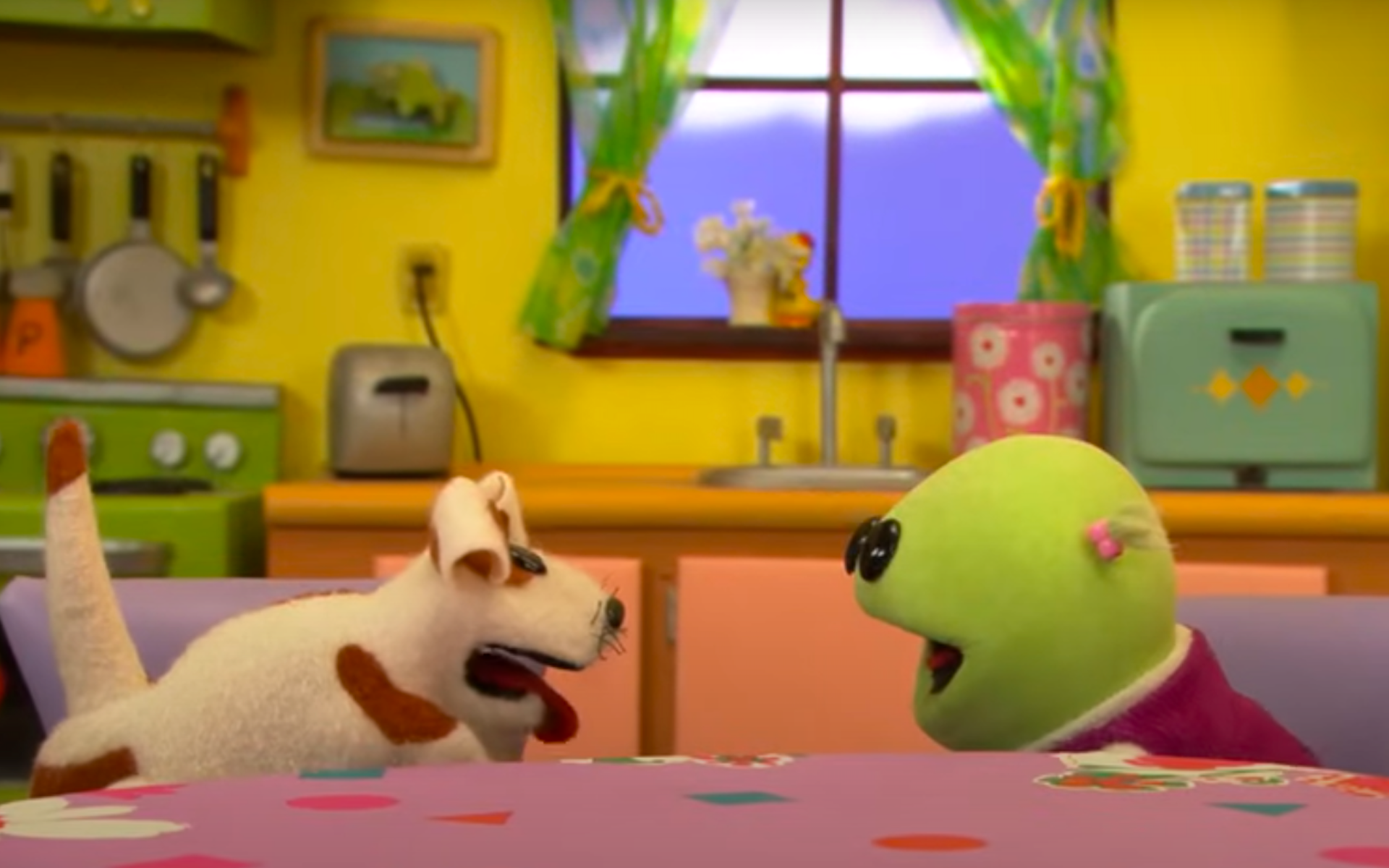The chef loves to tell stories. Already a highly respected and award-winning restaurateur, Dan Barber is fast becoming known as someone who spins compelling yarns about food—including in several heralded TED Talks, where he waxes eloquently about Spanish geese and falling in love with a fish.
When this slight, bookish New Yorker from the Upper East Side launches into his “How I Fell in Love with a Fish” story, people wonder who is this guy? Is he a chef, an environmentalist, or just plain eccentric? When he talks about chasing geese around an oak forest in Spain, he sounds like a Don Quixote of the table. But he’s also rigorously analytical and a noted polemicist on the op-ed page of The New York Times. In his new book—The Third Plate: Field Notes on the Future of Food—the pointed storytelling continues. He stalks wheat scientists in the west, rice farmers in the south, corn specialists in New England, all the while providing a history of food and how we came to eat the way we do. He and his interlocutors wax poetic over microorganisms and phytoplankton.
Barber has lots of ideas about how we should eat, but he comes by them through exploration, and takes us along for the ride. He’s a Jacques Cousteau of the farm. A typical passage: “I wanted to learn the taste of wheat (or relearn it), and to do that, I needed to learn its history. What could account for its odd duality—this all-purpose grain that is everywhere on my menu but about which I knew close to nothing?”
Throughout, Barber’s focus remains the same: We must face our future and realize the way we grow and eat food is unsustainable. “I’m advocating a different way of eating,” he says. “We have whittled down the definition of good eating to local and sustainable, to bumper stickers like ‘go green, grass fed.’ And while those are all important, they’re only important if we can figure out how the way we eat and the way we grow our food can work in tandem.”
We need an agriculture system that truly preserves the land, Barber says, and a pattern of eating that is in harmony with what our landscape is suited to provide in an ongoing sustainable way. What we demand to put on our plates dictates what farmers produce. If there’s a quinoa and kale fad, farmers will produce more quinoa and kale, even if it would make more sense to supply us with a mix of grain and vegetables best suited to the land they’re working. Regional differences must not be ignored. A cuisine that supports the ecology of southern California would be entirely different from one in Texas. Barber doesn’t rule out national and international markets for food, but he does decry monocultures and our focus on getting protein from so few sources, mainly prime cuts of meat.
Barber lays out his vision using a metaphor of three different plates that represent for him the direction of our food future. The American expectation of dinner—a hunk of meat, some veg, and maybe a grain—is what he calls “the first plate,” the traditional western diet. The plate will be improved if the meat is free range and the veg organic—the “second plate,” representing the current state of farm-to-table eating. But, the improvement does not go far enough, Barber says. “The architecture of the plate is the same. We need to flip it on its head.”
The “third plate” reverses the proportions of the dinner, as Barber writes, “In place of a hulking piece of protein I imagined a carrot steak dominating the plate, with a sauce of braised second cuts of beef.” This is his paradigm shift, a “new way of thinking and eating that defies Americans’ ingrained expectations.”
We’ve met in mid-afternoon at Blue Hill at Stone Barns, his restaurant on the grounds of the agricultural training center Stone Barns at Pocantico Hills outside New York City. The organic vegetables and herbs and free-range animals from these farm fields—which for its size gives an enormous, diversified yield—form most of the menu here, Barber’s second Blue Hill restaurant. The first one, in Greenwich Village, opened in 2000. (The restaurants take their name from a 138-acre farm in Great Barrington, Massachusetts, owned by his grandmother that he and his brother David worked on in the summer growing up. It’s still a working farm owned by the family and supplies food for their restaurants.)
Blue Hill at Stone Barns—sited beautifully in an old dairy building with views of fields from every window—offers a menu dependent on the crops harvested every day. We wait at the bar, eavesdropping on a group of young people taking a tour of the restaurant. When the chef arrives, he’s friendly, intense, and in a hurry. Barber is in demand, his public appearances increasing with last year’s publication of The Third Plate. When I meet him a second time, he’s off to Washington to give the keynote address at the Grain Gathering in Mount Vernon, a series of workshops and discussions on the uses of grain. He’s on the run, but he’s always ready to make time to explain the importance of reconsidering how and what we grow and eat.
“Look, agriculture is not natural, ” he says. “It’s about disturbing the natural world; you’re forcing plants to do things they wouldn’t otherwise do. Question is, are we going to engage in agriculture the way we do now, controlling nature in ways that are demonstrably foreign, or are we going to show respect and awareness of natural rhythms by producing what nature is allowing us to produce?”
While researching the book, Barber intuitively felt the need to prove that how we treat the natural world is inextricably tied to the way we eat. When we work in concert with nature, knowing the ecology of each region, we can disturb nature in a more elegant fashion, and the payoffs are so much greater. “The best-tasting food, the food we’re drawn to, comes from a system of agriculture that respects the natural,” he says. “It’s about realizing that in all parts of the world the best-tasting ingredients come from systems orchestrated by the farmer and the community he or she is respecting.”
Today, he says, “there’s massive growing interest in how food is produced.” He’s impressed by how engaged the public is with local, organic, farm-to-table food. “But these are just labels. They’re not an organizing principle,” Barber says. “If we want to translate the interest and enthusiasm into real change, we need to figure out how to put the pieces together with a new pattern of eating.”
The Mindful Kitchen
Barber is an unusual combination—an accomplished chef with a scholarly bent. A graduate of Tufts University with a degree in English, he has written on food and food policy for some of this country’s most prestigious food magazines, including Gourmet, Saveur, and Food and Wine. He studied at the French Culinary Institute, and two years after opening his New York City restaurant was named one of the Best New Chefs by Food and Wine. He has received several top chef accolades from the James Beard Foundation, which in 2009 gave him the Outstanding Chef Award. In that year, he was named one of the world’s “most influential people” in Time ’s annual list.
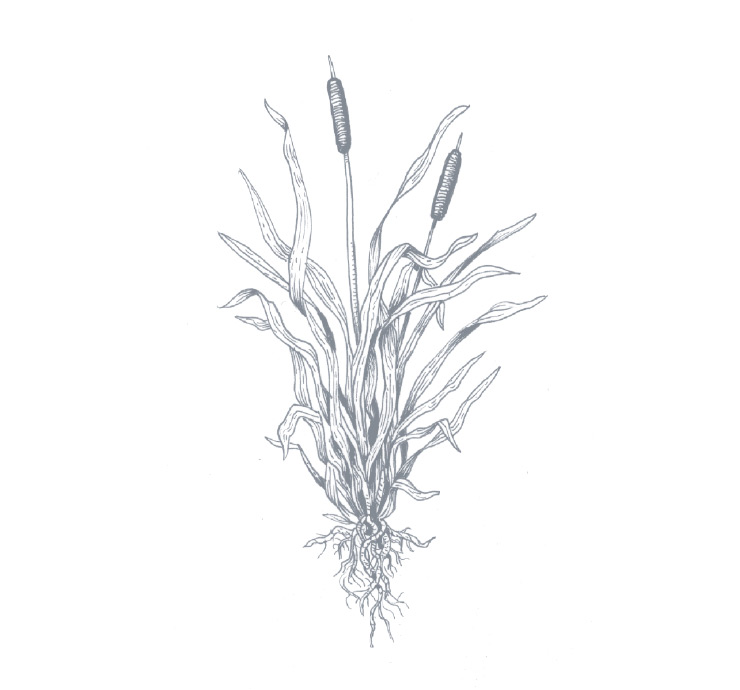

But resting on laurels isn’t for Barber. He’s taking his critique of the industrial agriculture movement on the road. That model, he believes, has not only destroyed the quality of food, it’s uneconomical. At a conference sponsored by The Economist, he described the work of hunter-gatherers 25,000 years ago who reaped 20 kilocalories for every kilocalorie expended: “That was the most efficient food system. In the 20th century with the discovery of fossil fuel, we have the least efficient food system : We expend 10 kilocalories for every 1 we get.”
As an activist chef, he’s part of a cohort that includes author Michael Pollan and poet Wendell Berry, who have sparked a movement, he writes, that is “highlighting the perils of our nation’s diet and exposing the connection between how we eat and our heavy environmental footprint.” He doesn’t mince words:
…our country’s indomitable and abundant food system, for so long the envy of the world, is unstable, if not broken. Eroding soils, falling water tables for irrigation, collapsing fisheries, shrinking forests, and deteriorating grasslands represent only a handful of the environmental problems wrought by our food system….Our health has suffered, too. Rising rates of food-borne illnesses, malnutrition, and diet-related diseases like obesity and diabetes are traced, at least in part, to our mass production of food….The conventional food system cannot be maintained.
We’re at a crossroads, Barber says. If we continue down the industrialization road, we reach a dead end. Our technology is powered by free ecological services—cheap fossil fuels, abundant water, a predictable climate—and these are no longer constants. “Is this truly a sustainable future? Will our ecological resources keep supporting us?” he asks. “We’re entering an era of a vastly different food system : more regional, more local, and I believe we’re going to be forced to change our diets.”
This is the heart of Barber’s argument, his concept of the future of food. “The seven-ounce steak is not going to be feasible ecologically.” The economy is going to drive a shift to a new way of eating, he believes, because the ecological services making cheap food so cheap will no longer be sustainable.
“We’ll be forced into a different ecological paradigm,” he says. “My good news prediction is that food will be abundant, but it’s going to demand we eat very differently. I also believe it’s going to be infinitely more delicious.”
Look at countries like France or China or India, Barber says. They don’t have one cuisine. They have hundreds and thousands of cuisines based on regions and micro-regions. “All of those cuisines and patterns of eating and traditions evolved out of what peasants negotiated from the landscape a long time ago,” he says. “They didn’t understand soil health in a scientific way, but intuitively they knew not to plant one breed of the same plant in the same place over and over again, a monoculture.”
Instead, “they tried to figure out what crops worked in rotation to produce food that was harvestable and nutritious and delicious. That’s how cuisines evolved, a negotiation between peasant and land.”
Examining American cuisine for the book, with an eye to how it could evolve in a better direction, was a struggle, Barber says, since protein-centric meals with few vegetables is an anomaly. “No other place in the world has that,” he says. “It forces a kind of architecture that creates a farming system in direct opposition with sustainability. It’s very hard to come up with a pattern of eating that makes sense.”
Demanding foods that require more natural resources isn’t working, Barber says, and, what’s worse, we’re increasingly exporting this conception for a diet to the rest of the world. “It’s too expensive. These dietary expectations put too many demands on the land. And it’s leading to ecological collapse all over the planet.” Our eating habits must reflect what the landscape can provide, but it’s not as simple as planting fruits and vegetables that respond to the latest food fads. This approach is same one that created the monocultures that dominate industrial farming and are so damaging to the environment. “We’ve got to get to know the land, the nuts and bolts of farming, so we can create a diet that supports it. I’m calling for a democratization of food,” he says. “How do we feed people in a way that makes better sense?”
Answer: We need a pattern of eating similar to the great cuisines of the world. And that brings us to the bigger reason this movement is going to continue to grow, Barber says, because in addition to curing the ills of the earth, it will also bring us to a future where food tastes better and is more deeply satisfying.
In the future, we need to lust for the right foods -ones that both taste delicious and don’t tax the land heavily.
How wonderful, he says, are sustainable staples like lentils from India, soba from Japan and—he goes even further, warming to the task—all the amazing world dishes utilizing scraps, trash fish, and trash crops. “What is bouillabaisse but the damaged fish that wives of the fishermen would blend into a big stew? It is an iconic southern French staple,” he says. “All great cuisines are littered with dishes like that, and it’s our job to make them into food that’s delicious. That’s the cooking challenge for the future.”
Some of these changes will seem quite radical. For instance, vegetables like tomato and eggplant are hard on the soil and thus expensive from an ecological point of view, Barber says. “They’re the Hummers of the soil world.” Instead, we’ve got to be creative, understanding that we’re looking for foods produced in a positive relationship with the land. Diversity will be key, he says, since any sustainable landscape by definition includes many different types of plants.
The mindfulness implied here isn’t only about being good to the earth.We’ve got to realize that what will work for us in the future is to lust for the right things, Barber says. He would argue that a seven-ounce steak can’t compare to the richness in a bowl of soba noodles. “There’s lots of energy in there, and outstanding umami flavours—it also happens to be very beneficial for the soil.”
In the US, some parts of Southern cuisine come closest to Barber’s vision of good soil husbandry. The Carolina New Year’s Day specialty, Hoppin’ John, a rice and bean dish with West African origins, is a good example. The beans fix nitrogen in the soil, making it amenable to growing the rice. The collard greens commonly served alongside desalinate the soil, a big problem in low-lying areas. “You also have pork, from hogs you let run through the forest. That smattering of cured pork infuses itself into the dish and puts a little fat in your mouth that carries the flavor,” he says. This combining of elements into dishes and cuisines that have a direct relationship with the needs of the land is “an example of what we need to do a lot more.” It’s what Barber calls “whole farm eating,” which takes a tip-to-tail approach to our entire food ecosystem: nothing goes to waste and each element has its own job to do.
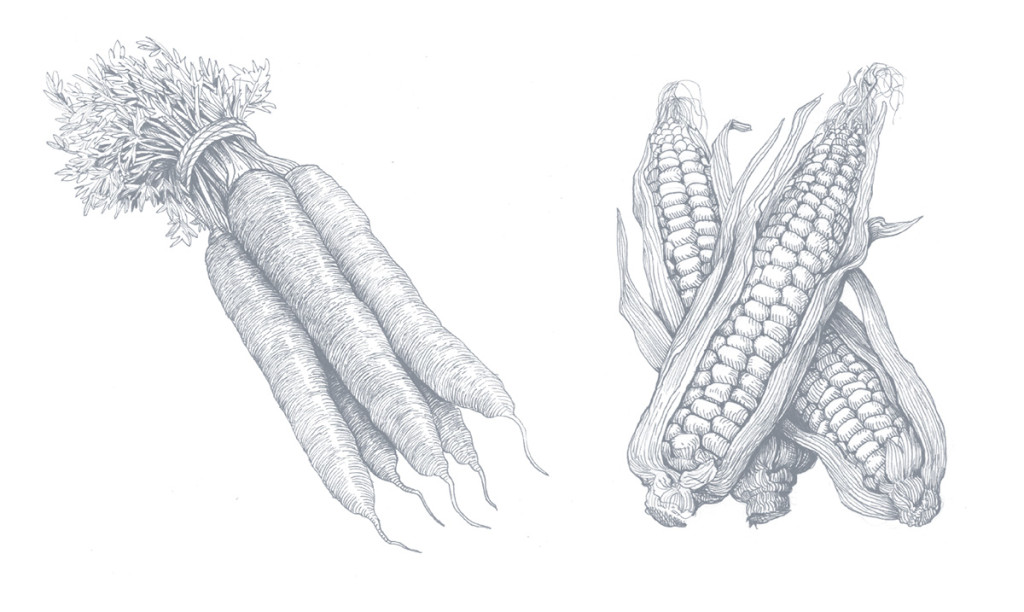
So who can lead the way in bringing about such a massive change in the way we eat? Enter the chef. “We’re at a moment when chefs have a huge microphone,” Barber says. “We have an opportunity if not an obligation to do this. It’s about utilizing the cultural icons that restaurateurs and chefs have become as a force for real good and change.”
Diners are going to go for the food they believe is the most delicious and affordable, leaving chefs with a choice: Either point the way to a prime cut of meat or a dish that uses sustainable ingredients. Making delicious food from unusual ingredients—Barber’s future menu includes Milky Oat Tea with Cattail Snacks, Grain Risotto, and Trout with Phytoplankton—will take more thought, he admits. But what we need from cooking now is just such a transformative act. These types of ingredients are less expensive, but chefs will need to pour into them more time and creativity.
One saving grace of the American food culture, Barber believes, is that, lacking much tradition, it depends so much on fads. “Today Greek yogurt is taking over America,” he points out, “and butter is now making its way back.” Some might see this as a tragedy; he chooses to believe it is an opportunity because being without traditions that must be protected at all costs means that, unlike many other cultures, “we can change on a dime. We’re a big country, we’re formidable, and we tend to invest in trends.”
Make way, then, for the latest trend, in sustainable eating, heralded by the highest profile trend-makers—this country’s chefs, many of whom, like Barber, spend time down on the farm.
And look for Barber to keep telling his stories, not simply to promote a restaurant or a thought-provoking book. He’s telling these tales so we can understand the big picture, make the connection between farm and table. “If you attach a story to the food you’re producing, you feed people on another level,” he says. “You invite them to become involved, invested. They own their own story about the food they eat and they become impassioned.” •
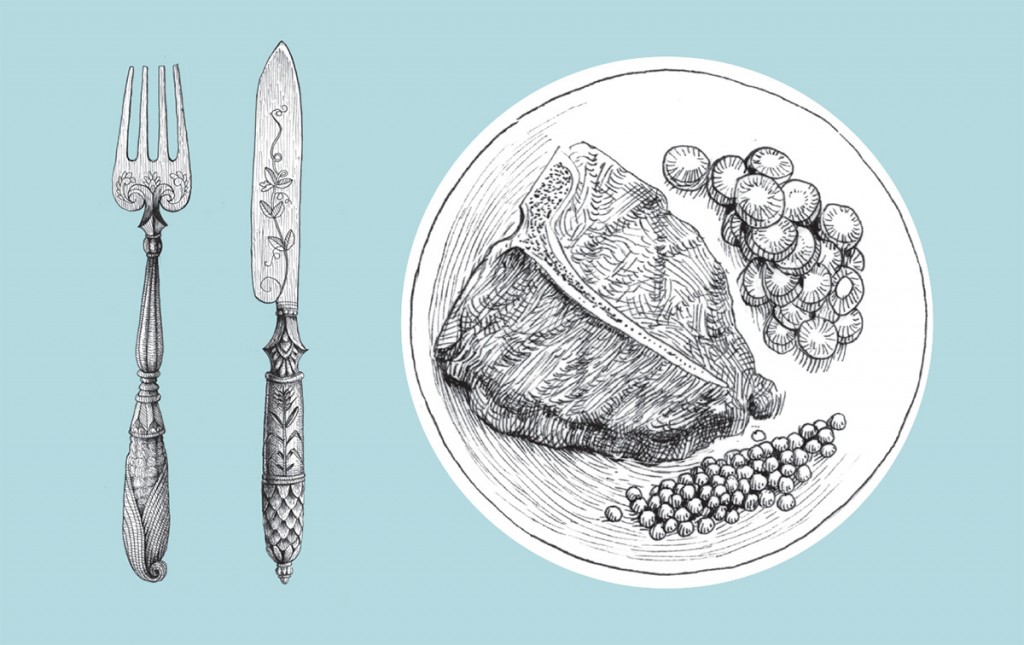
The idea of the first plate is the American expectation of dinner for much of the past half-century: a big hunk of meat with a small side of vegetables. “It was never an enlightened or particularly appetizing construction,” Barber says, “and at this point,” for many chefs and discerning eaters at least, “it’s thankfully passé.”

The second plate represents, Barber says, “where we are now, infused with all the ideals of the farm-to-table movement.” The beef is grass-fed, the vegetables are heirloom varieties grown in organic soil. What’s striking about this plate, served in so many homes and hip eateries today, is that in its basic structure it’s “nearly identical to the first plate,” he says.

The third plate is also a “steak” dinner, but the proportions are reversed. The carrot is now the steak. And a sauce carries the protein in the form of braised second cuts of beef (conveying the idea of using the whole animal, not just choice cuts). The point is not, he says, that every meal is structured exactly this way. It’s that we make a paradigm shift—“a new way of thinking about cooking and eating that defies Americans’ ingrained expectation.”
